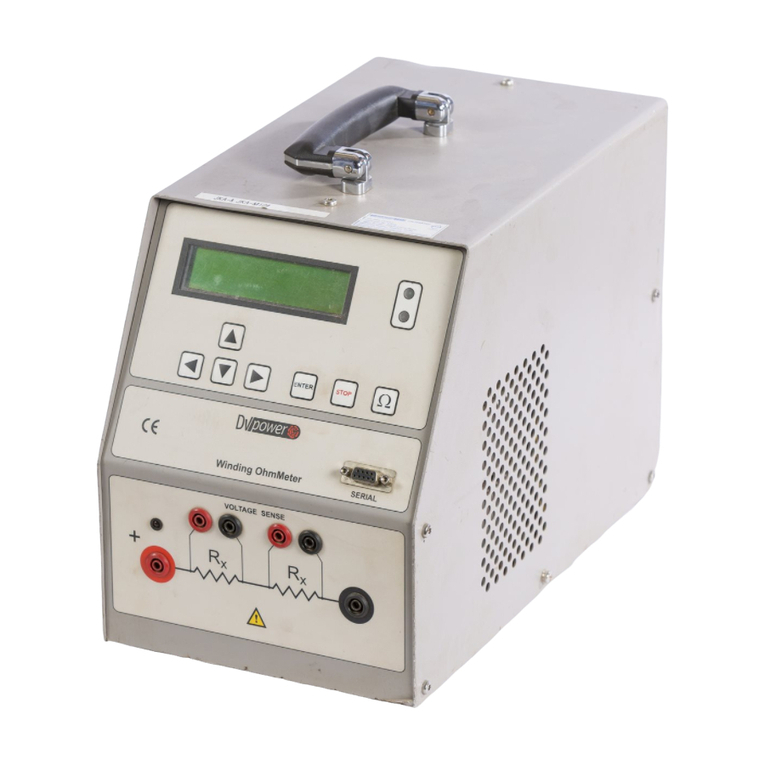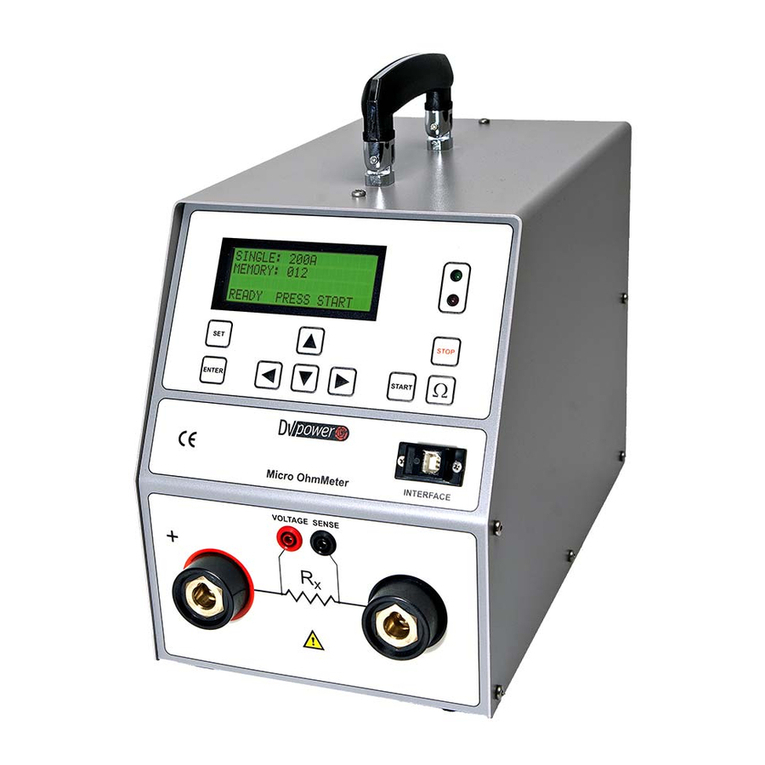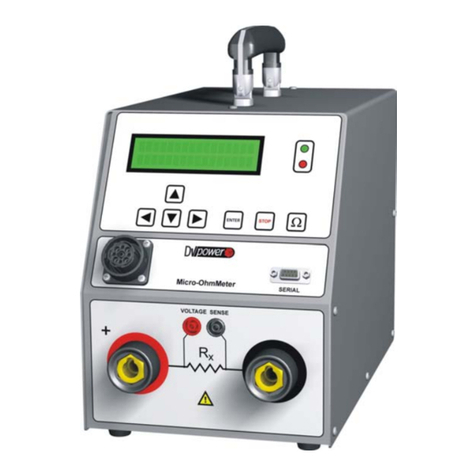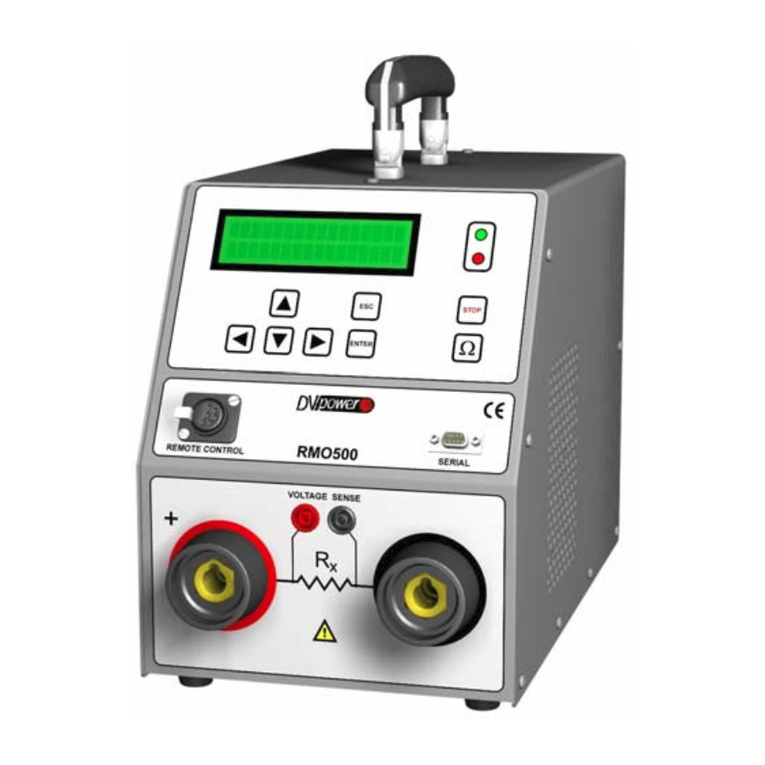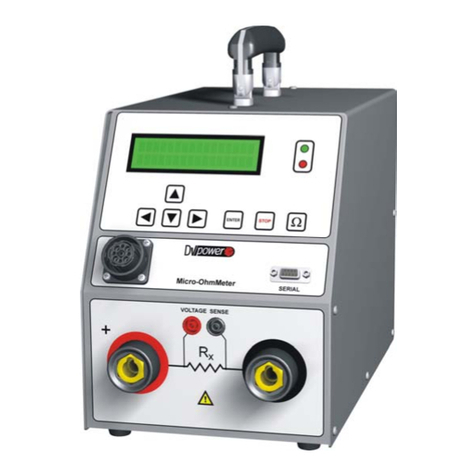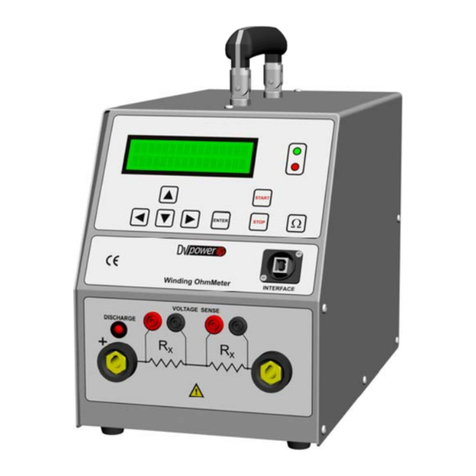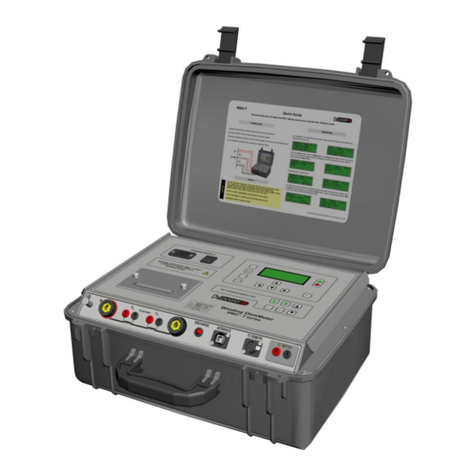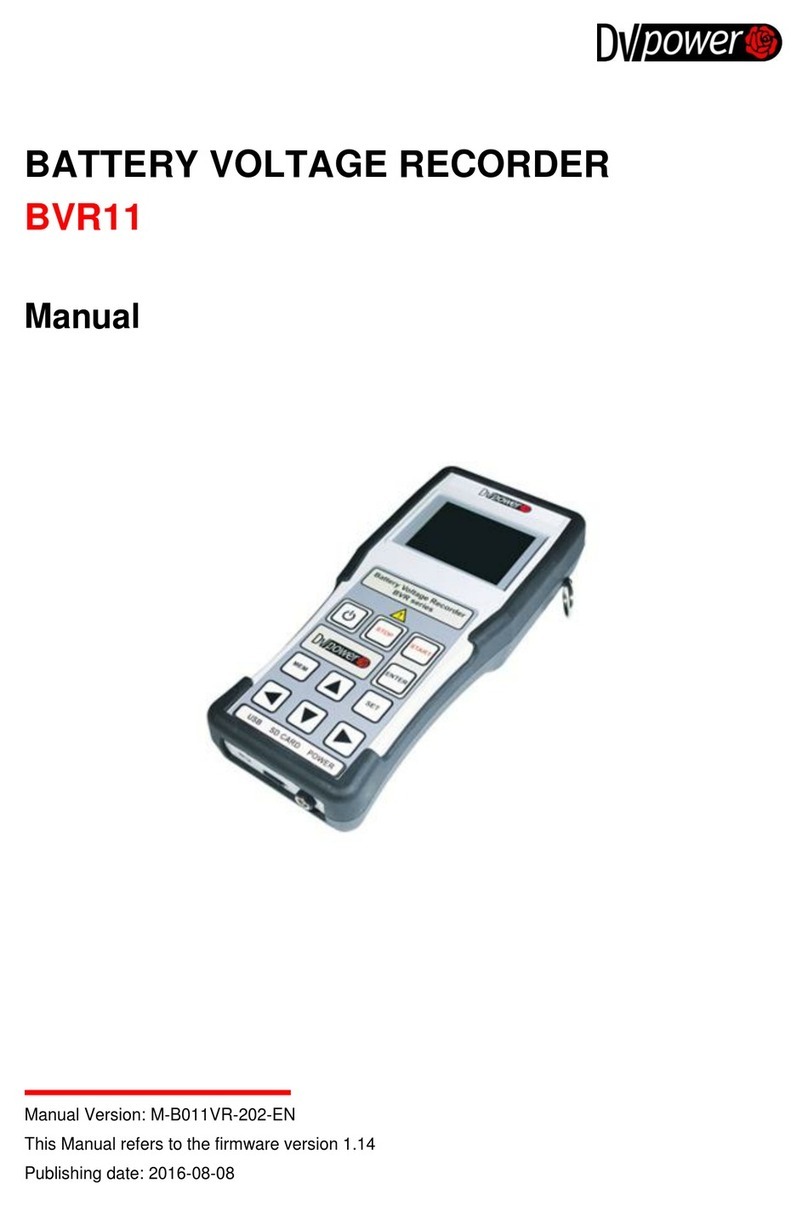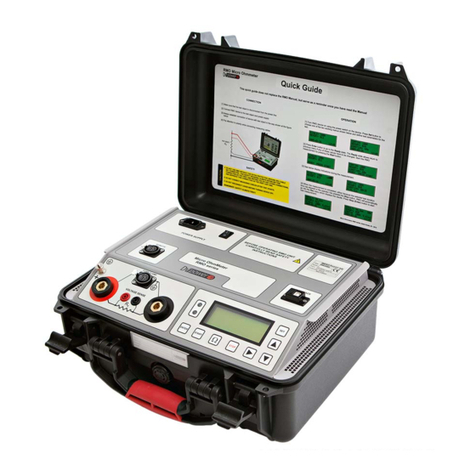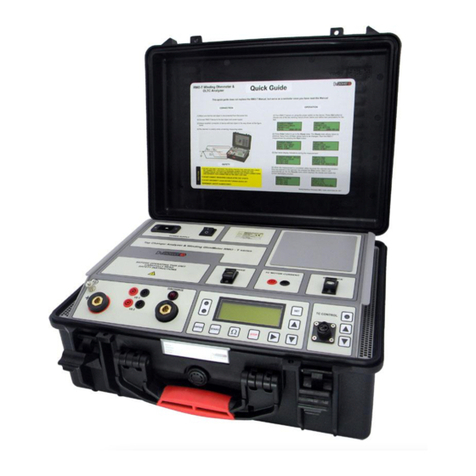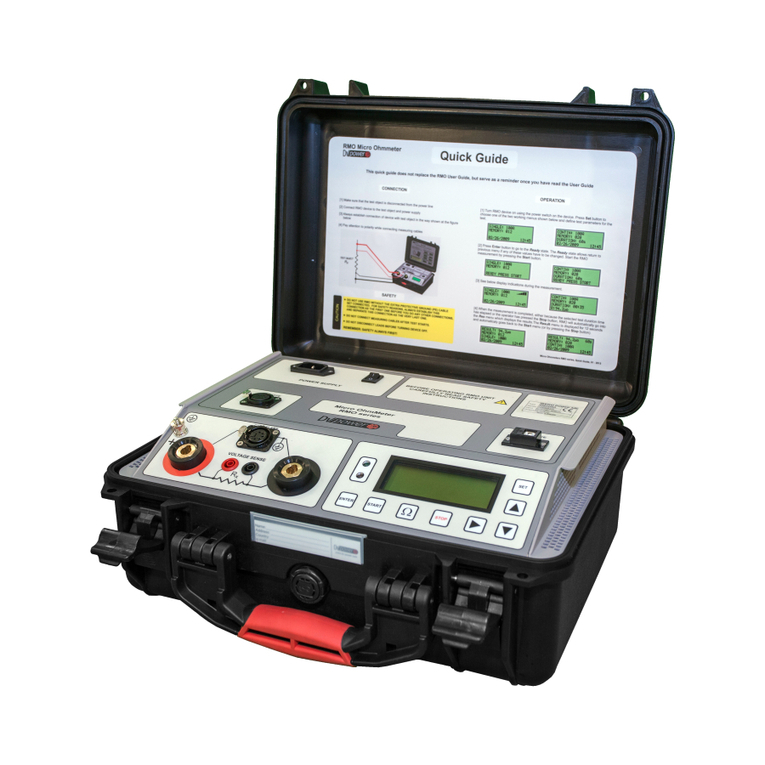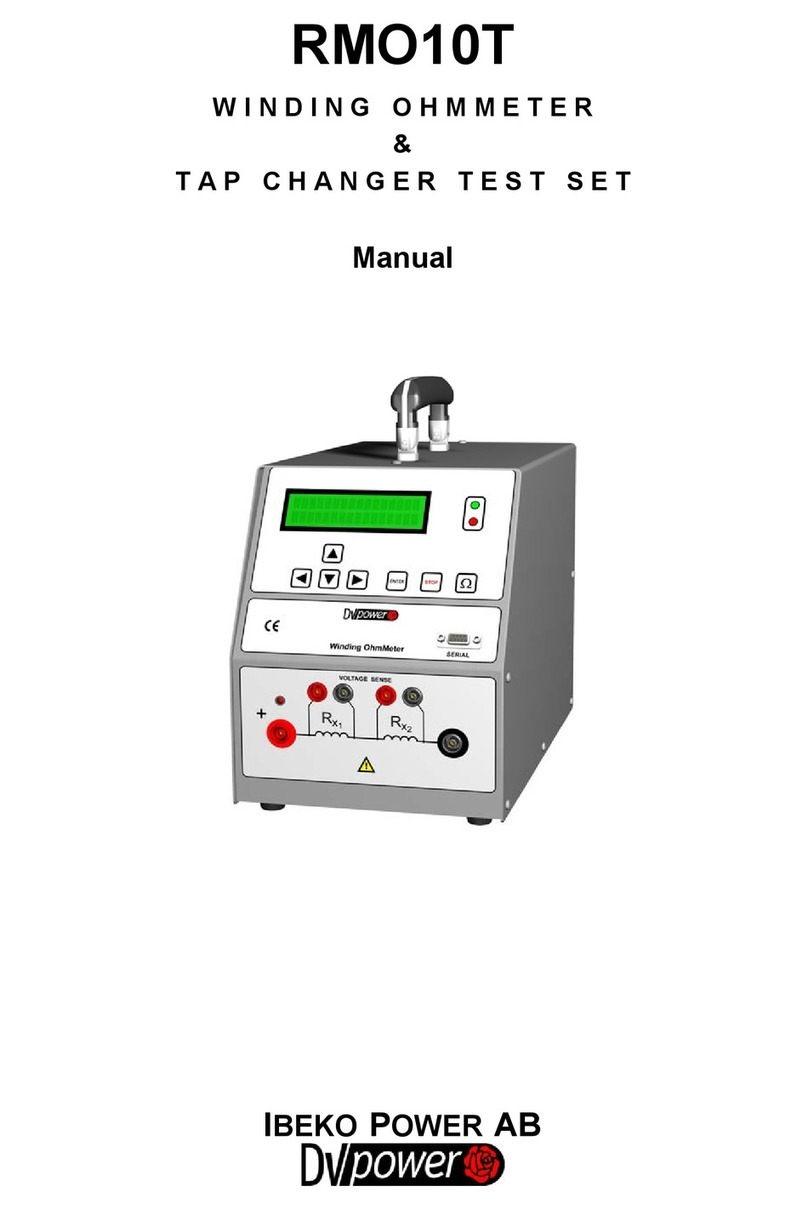Manual RMO-H
M-RH00NN-300-EN 4
1.1.2 Terms of Use
•The RMO-H shall be used only if it is in a good technical condition. Its use shall be in accordance
with local safety and industrial regulations. Adequate precautions must be taken to avoid any risks
related to high voltages associated with this equipment and nearby objects.
•The RMO-H shall be used only for the application purposes described in the ”Intended Use” section.
The manufacturer and distributors are not liable for a damage resulting from the wrong usage. The
user bears responsibility for not following the instructions defined in this document.
•Do not remove the protective casing of the RMO-H.
•All service and maintenance work must be performed by qualified personnel only.
1.1.3 Orderly Practices and Procedures
•The Manual shall always be available on the site where the RMO-H is used.
•Before using the RMO-H, all personnel (even personnel who only occasionally, or less frequently,
work with the RMO-H) assigned to operate the RMO-H should read the operations Manual.
•Do not make any modifications, extensions, or adaptations to the RMO-H.
•Use the RMO-H only with the original accessories provided by the manufacturer.
•Use the RMO-H and its original accessories for the device’s intended use only.
1.1.4 Device maintenance
Device should be kept in a clean condition to prevent excessive dust or other contaminants affecting
its operation. It should be cleaned with water/isopropyl alcohol after noticing any dirt/contaminants
on its surfaces.
1.1.5 Operator Qualifications
•Testing with the RMO-H should only be carried out by authorized and qualified personnel.
•While receiving training, instruction or education on the RMO-H device personnel should remain
under the constant supervision of an experienced operator while working with the test set and the
test object.
1.1.6 Safe Operating Procedures
•Before putting the RMO-H into operation, check the test set for any visible damage.
•Do not operate the RMO-H under wet or moist conditions (condensation).
•Do not operate the RMO-H if explosive gas or vapors are present.
•Only the external devices which meet the requirements for SELV equipment according to EN 60950
or IEC 60950 should be connected to the RMO-H through the serial interface.
•Removing the RMO-H protective casing will void the warranty. Any work inside the instrument
without prior authorization from DV Power will also void the warranty.
•If the RMO-H seems to be malfunctioning, please contact the DV Power Support Team (refer to the
“Manufacturer Contact Information” section) after previously checking the “Error Messages” section.
